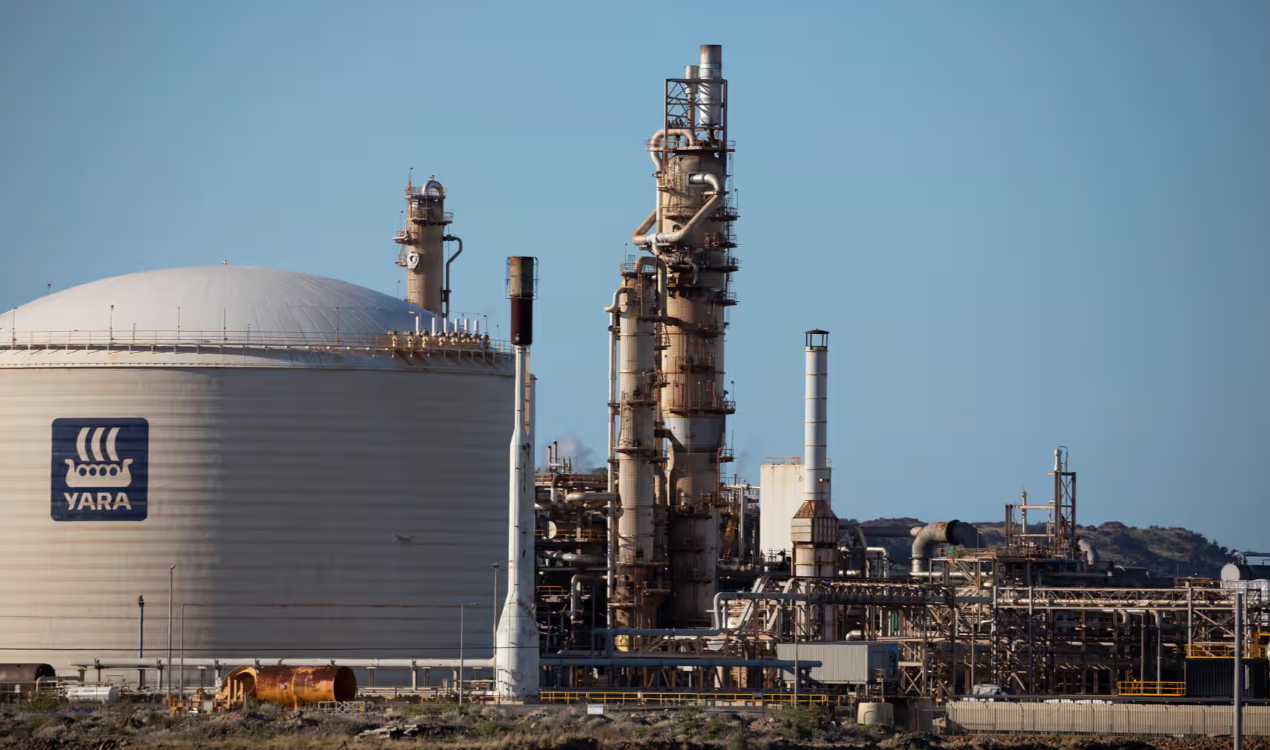
Key projects in New South Wales, Queensland, and South Australia have been shelved or face significant uncertainty. Origin Energy withdrew from a planned hydrogen hub in the Hunter Valley, while the Queensland government pulled $1 billion in funding from the Central Queensland Hydrogen Project. Meanwhile, South Australia redirected nearly $600 million initially allocated for a hydrogen plant in Whyalla to sustain its steelworks.
Despite these challenges, the federal government remains committed to green hydrogen, with Bowen announcing $814 million for a hydrogen and ammonia export project in Western Australia. While some critics argue that the sector has been overhyped, industry experts suggest that these hurdles are a natural part of a developing industry.
According to the Climateworks Centre, transitioning from speculative excitement to tangible implementation reveals both obstacles and potential solutions. The Australian Industry Group's Tennant Reed describes this pattern as a common "hype cycle," where initial optimism gives way to a period of disillusionment before a technology eventually stabilizes and finds its place in the market.
Green hydrogen has faced economic and logistical difficulties, slowing its adoption worldwide. Producing it requires vast amounts of electricity, making cost a major barrier. Alison Reeve of the Grattan Institute notes that falling costs of wind, solar, and battery technologies have made direct electrification a more viable option in many cases, reducing the demand for hydrogen in areas like transportation.
Export plans have also shifted. Initially envisioned as a liquid hydrogen trade akin to LNG exports, hydrogen has proven difficult to transport efficiently. Experts now believe domestic use for producing ammonia or steel may be a more realistic path.
Despite setbacks, analysts see a focused role for green hydrogen in industries that cannot easily decarbonize otherwise. Ammonia production, which currently relies on fossil gas, stands out as a promising early adopter. Replacing gas-derived hydrogen with green hydrogen could significantly cut emissions. Similarly, hydrogen is gaining traction in steel production, with the first commercial-scale green steel plant under construction in Sweden, set to begin operations in 2026.
South Australia remains well-positioned to capitalize on this shift, given its high-grade iron ore, renewable energy infrastructure, and proactive government policies. Experts suggest that the industry's recalibration towards fewer but more viable applications could ultimately strengthen its long-term viability.
Achieving cost-effective green hydrogen will require sustained investment, policy support, and infrastructure expansion. Reed emphasizes that costs will only decrease through continued development, learning, and scaling up production. Reeve adds that Australia successfully built a renewable energy industry from the ground up and could do the same for hydrogen with the right approach.